Solar energy is now one of the most reliable renewable energy sources, but not all solar panels perform the same. Different types of solar panel have varying efficiency levels, which impact their energy production and overall value. Understanding these differences helps in choosing the best solar solution for homes, businesses, and industrial use.
What Determines Solar Panel Efficiency?
Solar panel efficiency refers to the ability of a panel to convert sunlight into usable electricity. Several factors affect this performance, including:
- Material Composition – The type of semiconductor material influences energy absorption.
- Sunlight Absorption Rate – Some panels capture more sunlight than others.
- Temperature Sensitivity – High temperatures can reduce efficiency in some solar panel types.
- Manufacturing Quality – Better production techniques improve energy conversion.
- Dirt and Shading – Dust, debris, and shade lower output efficiency.
By analyzing different types of solar panel, users can determine which option best meets their energy needs.
Monocrystalline Solar Panels: The High-Efficiency Choice
Features and Performance
Monocrystalline panels are known for their high efficiency and durability. These panels use pure silicon, allowing better electron flow and higher energy conversion rates.
- Efficiency Range: 18% – 22%
- Lifespan: 25 – 30 years
- Best For: Residential and commercial rooftops
Advantages
- Higher efficiency per square foot
- Long lifespan with minimal degradation
- Performs well in low light conditions
Drawbacks
- More expensive compared to other types
- Efficiency drops if partially shaded
Polycrystalline Solar Panels: Affordable and Reliable
Features and Performance
Polycrystalline panels use multiple silicon fragments melted together. They are slightly less efficient than monocrystalline panels but offer a cost-effective solution for solar energy users.
- Efficiency Range: 15% – 18%
- Lifespan: 20 – 25 years
- Best For: Large-scale installations and budget-conscious consumers
Advantages
- Lower cost compared to monocrystalline panels
- Good performance in moderate sunlight conditions
- Environmentally friendly manufacturing process
Drawbacks
- Lower efficiency than monocrystalline panels
- Requires more space to generate the same power output
Thin-Film Solar Panels: Lightweight and Flexible
Features and Performance
Thin-film panels are made using materials such as cadmium telluride (CdTe) or amorphous silicon. These panels are lightweight and flexible, making them ideal for specific applications.
- Efficiency Range: 10% – 14%
- Lifespan: 15 – 20 years
- Best For: Portable applications, curved surfaces, and industrial use
Advantages
- Lightweight and easy to install
- Works well in extreme temperatures
- Affordable compared to other panel types
Drawbacks
- Lower efficiency than crystalline-based panels
- Degrades faster over time
Bifacial Solar Panels: Double-Sided Energy Capture
Features and Performance
Bifacial panels generate electricity from both sides by capturing reflected sunlight. They are gaining popularity in commercial and industrial settings.
- Efficiency Range: 20% – 25%
- Lifespan: 25+ years
- Best For: Ground-mounted solar farms, commercial rooftops
Advantages
- Higher energy output due to dual-side absorption
- Durable with long-term performance stability
- Works well in snowy and reflective environments
Drawbacks
- Higher installation cost
- Requires specific mounting setups for maximum efficiency
Perovskite Solar Panels: The Future of Solar Efficiency
Features and Performance
Perovskite solar technology is emerging as a high-efficiency option with promising advancements. These panels use perovskite-structured materials for energy absorption.
- Efficiency Range: 25% – 30% (experimental stage)
- Lifespan: Under development
- Best For: Future applications in residential and commercial sectors
Advantages
- Potential for higher efficiency than silicon-based panels
- Lightweight and flexible design
- Lower manufacturing costs
Drawbacks
- Limited commercial availability
- Durability and long-term stability concerns
Comparing Efficiency Across Different Solar Panel Types
| Solar Panel Type | Efficiency Range | Lifespan | Best Use Case |
| Monocrystalline | 18% – 22% | 25 – 30 years | Residential & commercial rooftops |
| Polycrystalline | 15% – 18% | 20 – 25 years | Budget-friendly installations |
| Thin-Film | 10% – 14% | 15 – 20 years | Portable & industrial applications |
| Bifacial | 20% – 25% | 25+ years | Large-scale solar farms |
| Perovskite | 25% – 30% | Under development | Future solar technology |
Choosing the Right Solar Panel for Maximum Efficiency
The choice of types of solar panel depends on various factors, including location, budget, and energy requirements. To maximize efficiency:
- Assess Sunlight Availability – High-efficiency panels work best in areas with strong sunlight exposure.
- Consider Space Constraints – If space is limited, monocrystalline or bifacial panels are better options.
- Evaluate Budget and ROI – While monocrystalline panels are expensive, they offer long-term savings.
- Think About Future Upgrades – Perovskite panels may offer groundbreaking efficiency improvements.
DSG Energy is transforming Pakistan’s energy landscape by promoting sustainable power solutions. With expertise in types of solar panel installations, the company provides state-of-the-art grid-tied solar systems designed for maximum efficiency. By integrating high-performance solar technology, DSG Energy helps homeowners and businesses reduce energy costs while ensuring a reliable and eco-friendly power supply. Their commitment to renewable energy not only enhances electricity grid stability but also supports a cleaner and more sustainable future.
The Future of Solar Panel Efficiency
Solar panel technology is evolving, with new advancements increasing efficiency and reducing costs. Innovations in types of solar panel continue to enhance renewable energy adoption worldwide. With ongoing research, the future promises even more efficient and sustainable solar solutions.

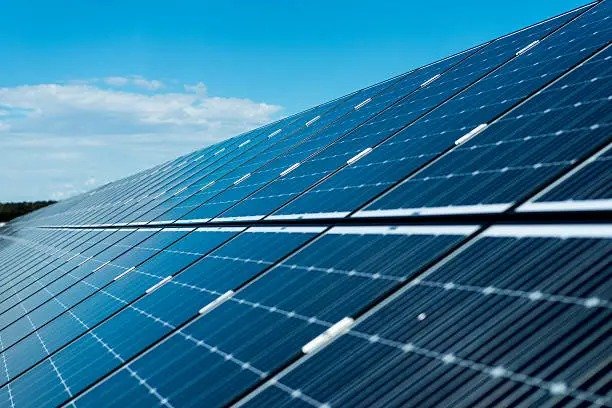
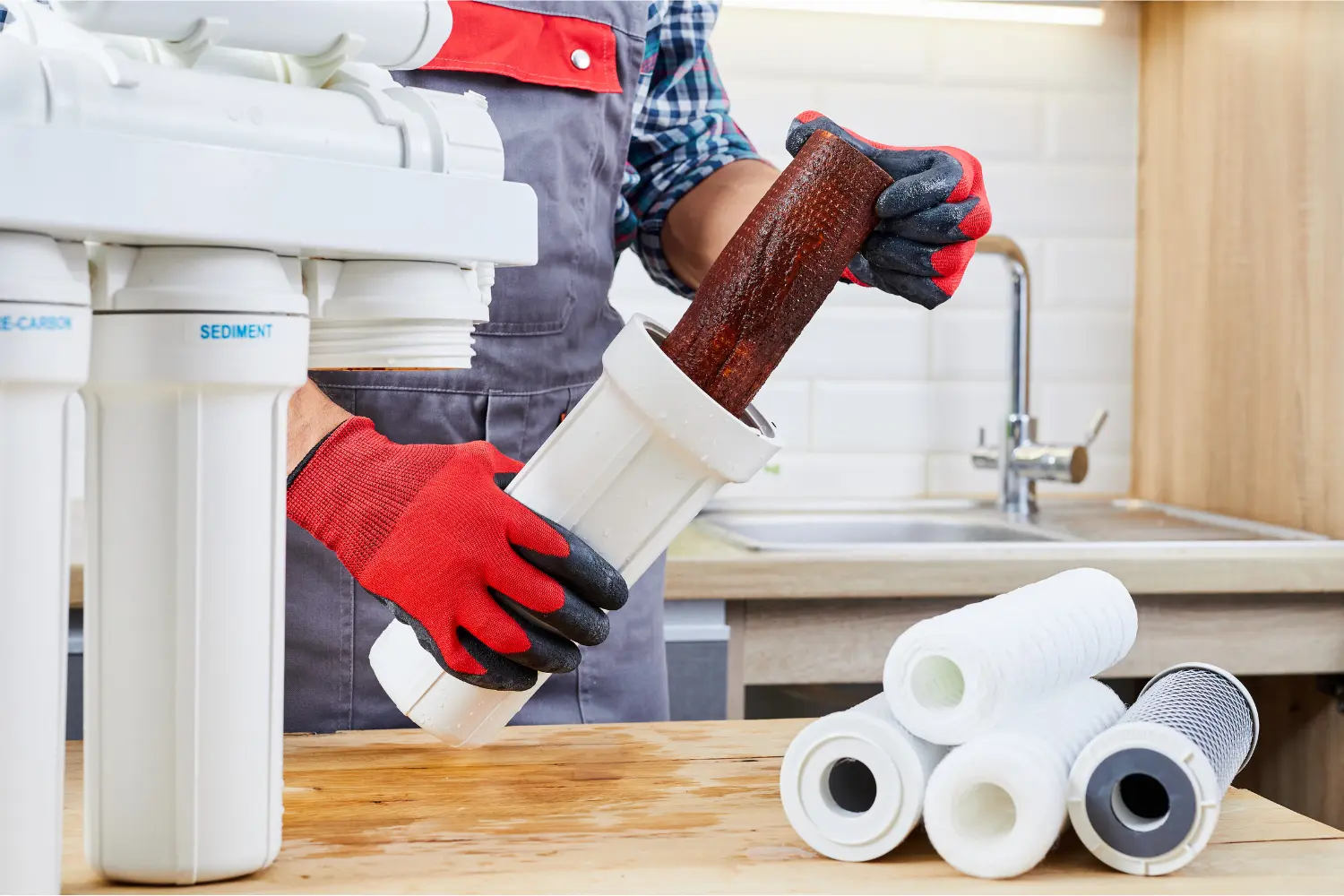




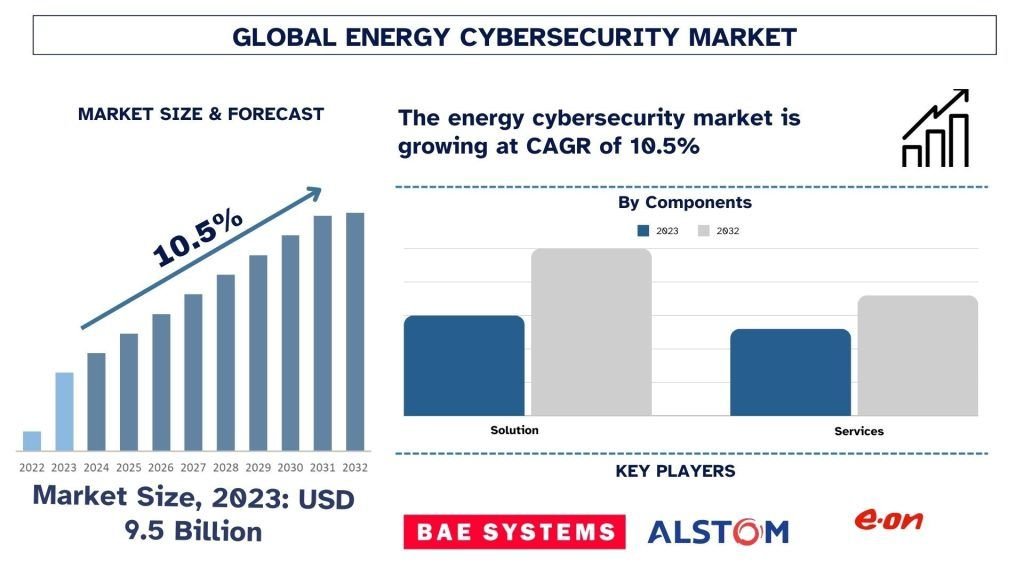

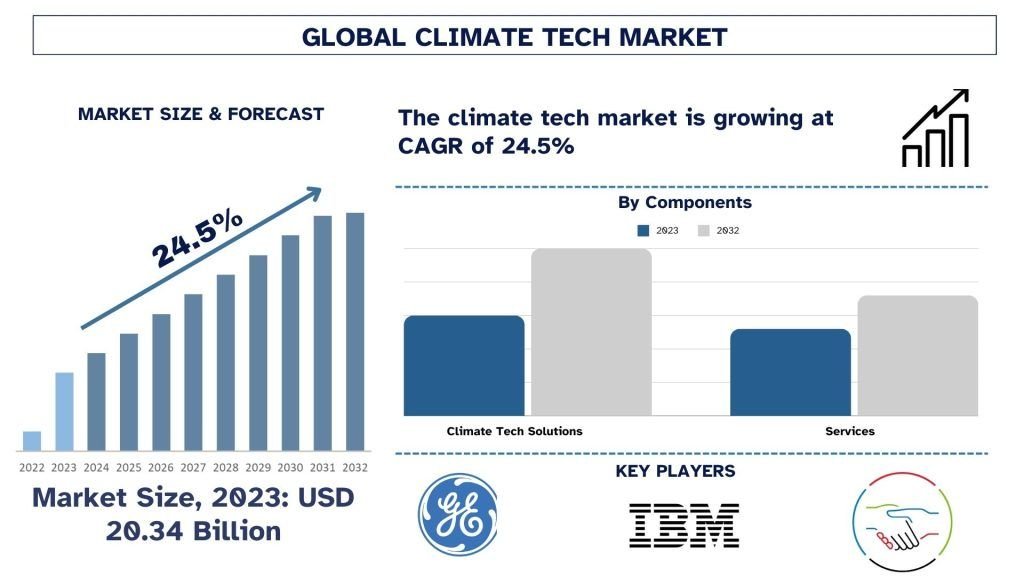
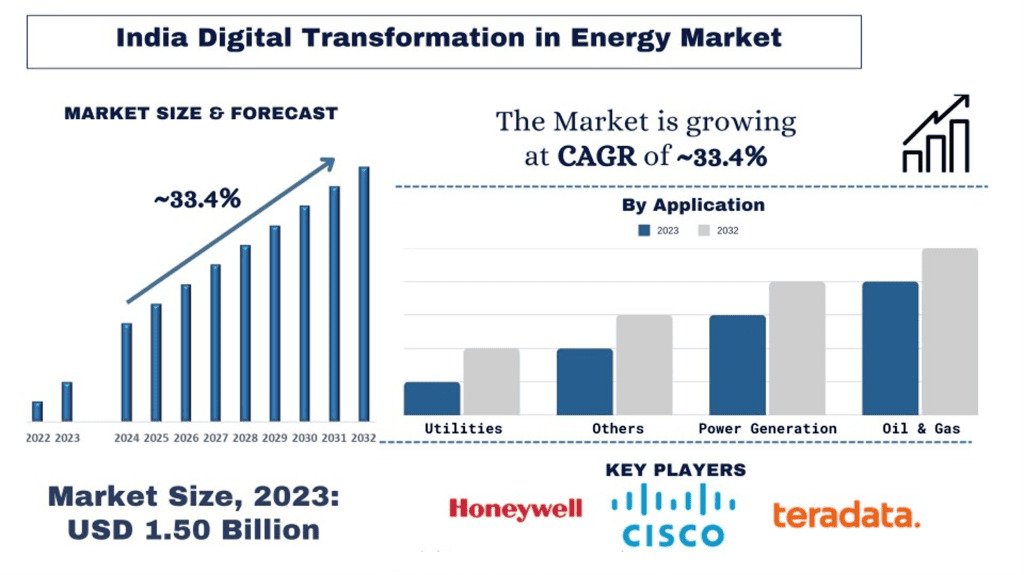

Leave a Reply